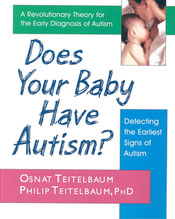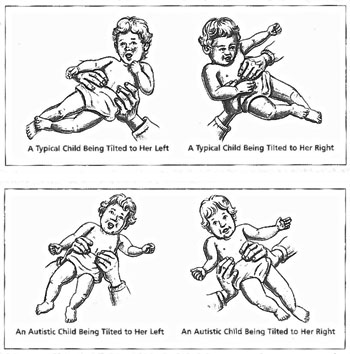Auditory Integration Training
“My 10-year-old child stated after a couple of days into the AIT therapy: ‘The buzzing sound is gone!’. His reading and writing has improved. There has been a great decrease in anxiety.”
“My 10-year-old child stated after a couple of days into the AIT therapy: ‘The buzzing sound is gone!’. His reading and writing has improved. There has been a great decrease in anxiety.”
“I have Rheumatoid Arthritis which is now in remission. I have a new flexibility and sleep very well. This has improved my quality of life.”
– A 92 year old woman
According to the ATEC scoring, my son does not qualify anymore for autism. Yes, I agree with Normand Doidge:
“…many ‘circuits’ and even basic reflexes that we think are hardwired, are not.”
The Brain That Changes Itself
Giving the brain a “second chance” (Sally Goddard)
Mental and emotional flexibility with stability
“The constant busyness in my head, the constant shifting of tasks have all but stopped. I can focus more clearly…My listening skills have greatly increased. Highly recommend for anyone young or old.”
“NeuroMovement® was an integral part of my healing toolbox that helped me go from the couch with chronic daily pain to hiking a mountain.”

“A parent with a diagnosed autistic child might be reluctant to teach practical, social skills that are outside the child’s comfort zone, such as ordering food at a lunch counter. “It hurts because they don’t have enough expectations for the kids. I see too many kids who are smart who’ve graduated, but they’re not getting a job because when they were young they didn’t learn any work skills,” Grandin said. “They’ve got no life skills. The parent thinks, ‘Oh, poor Tommy, he has autism so he doesn’t have to learn things like shopping.””
– Dr Temple Grandin, The Way I See It
The diagnosis of autism focuses on social interaction, on language acquisition and learning skills which are hard to diagnose before 24 months.
The earliest signs of autism involve the absence of normal behaviors—
Your doctor may recommend more developmental tests if your child:
One of the main core root-causes for the repetitive patterns of behavior and the deficit in social communication in autistic individuals is the inefficient neurosensory integration. These individuals are either hyper-sensitive or hypo-sensitive as a result of confuse processing of information that cannot be interpreted well by the brain.
Our neurodevelopmental approach addresses the need for the regularisation of the brain sensory functions.
Tactile Pathway
Auditory Pathway
Visual Pathway
The diagnosis of autism is usually done by a physician or by a psychologist who use the DSM-V (Diagnostic and Statistical Manual of Mental Disorders, Fifth Edition) which is the 2013 update to the American Psychiatric Association’s classification and diagnostic tool.

By examining home videos made of infants who were diagnosed later as having autism or Asperger’s syndrome, Osnat and Philip Teitebaum have found that is is possible to recognize precursors of these disorders in infants who are six to eight months of age (sometimes younger).
They are neurodevelopmental symptoms based on early recognition of symmetrical movements: the child later diagnosed as autistic generally shows persistent asymmetrical movements.


When a normal six-month-old infant is held in the air and slowly tilted about 45 degrees from the vertical, she responds by keeping her head vertical, as the first 2 pictures show.
However, In many cases, an infant who is later diagnosed as autistic does not show this ability. When tilted to the side, an autistic-to-be six-month-old infant tends to carry her head along passively with her body, so that both her body and her head end up at a 45-degree angle from the vertical.
“This book enables parents to detect signs of autism or other developmental problems in young babies before they start talking. Starting autism therapy at a very early age greatly benefits the child.” Temple Grandin
When a normal six-month-old infant is held in the air and slowly tilted about 45 degrees from the vertical, she responds by keeping her head vertical, as the first 2 pictures show.
However, In many cases, an infant who is later diagnosed as autistic does not show this ability. When tilted to the side, an autistic-to-be six-month-old infant tends to carry her head along passively with her body, so that both her body and her head end up at a 45-degree angle from the vertical.


(CBS NEWS, May 2012) Dr. Rebecca Landa, the study’s author and director of the Center for Autism and Related Disorders at Kennedy Krieger Institute in Baltimore, says certain disruptions in a child’s motor development may provide important clues.
For the study, researchers assessed infants in a simple “pull-to-sit” task that measures posture control by firmly – yet carefully – pulling a child’s arms from a position of lying flat on his/her side back into a sitting position (as seen in the videos below). Typically infants achieve this type of posture control by the time they are four months old.
Our clinical experience support that an intensive neurodevelopmental program and other treatments may help to rewire the brain and reverse the symptoms.
WARNING: The following symptoms are only descriptive of categories of behaviors. They should never be used to self-diagnose but rather to guide you toward the need for proper professional assessment.
